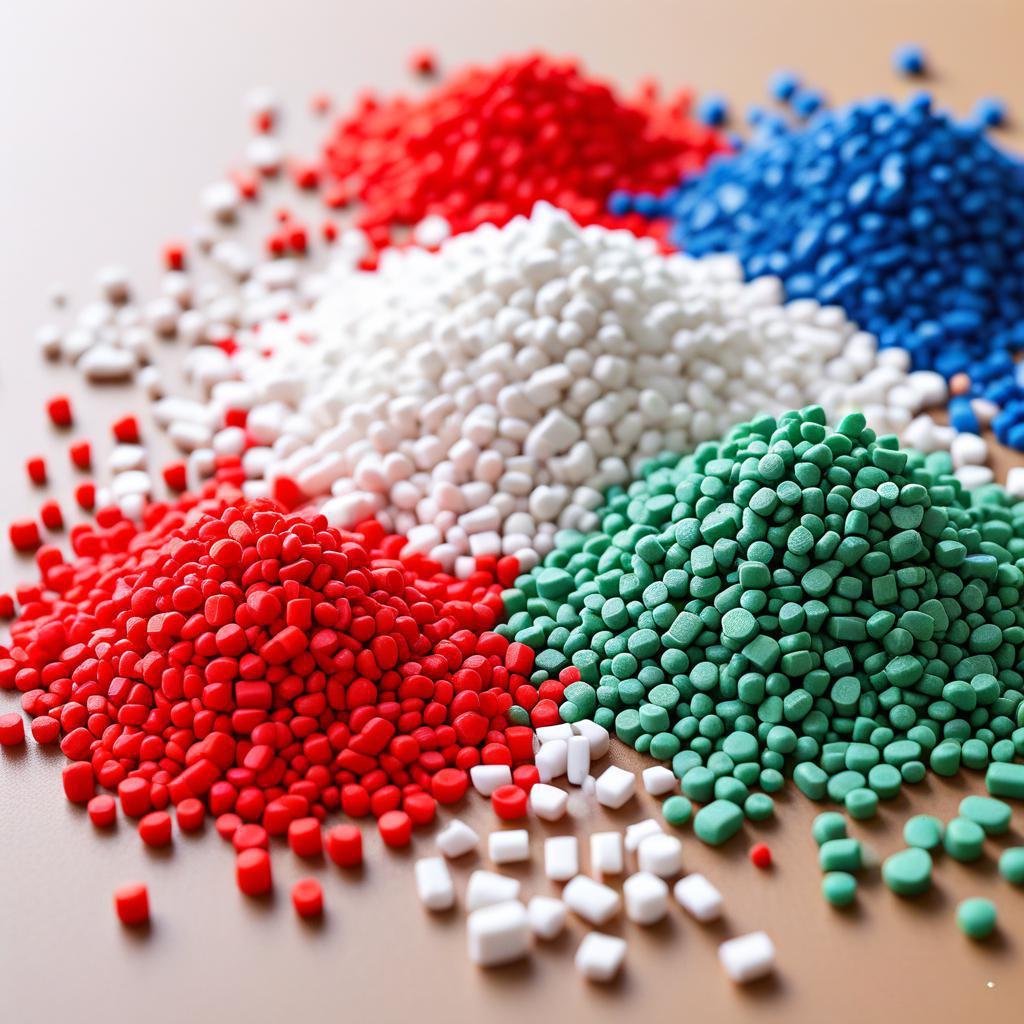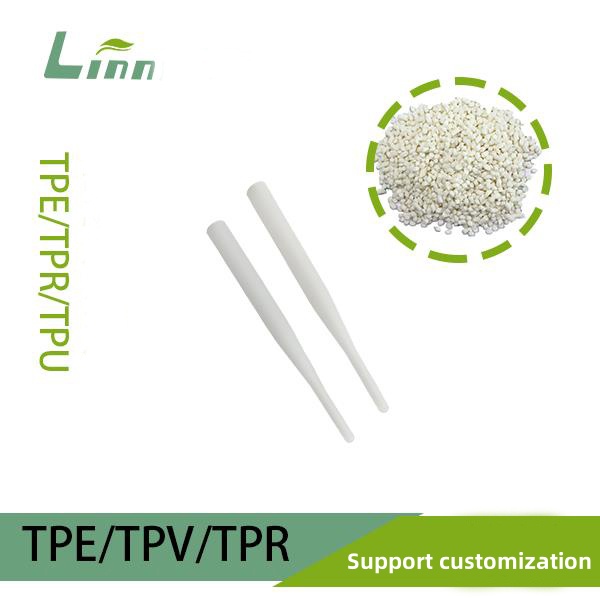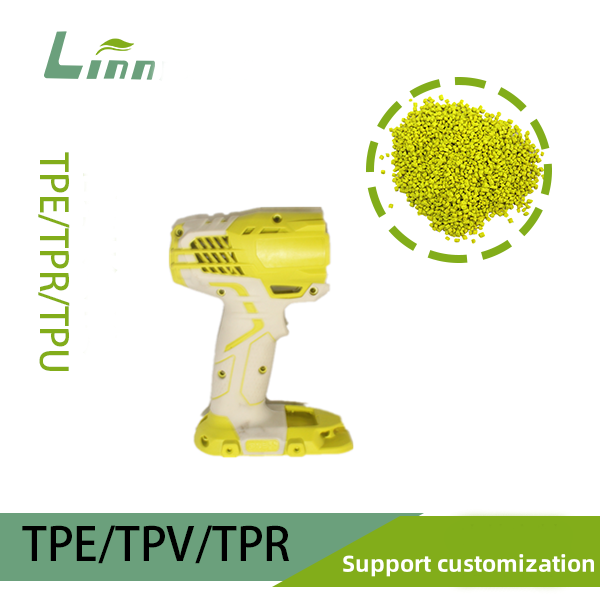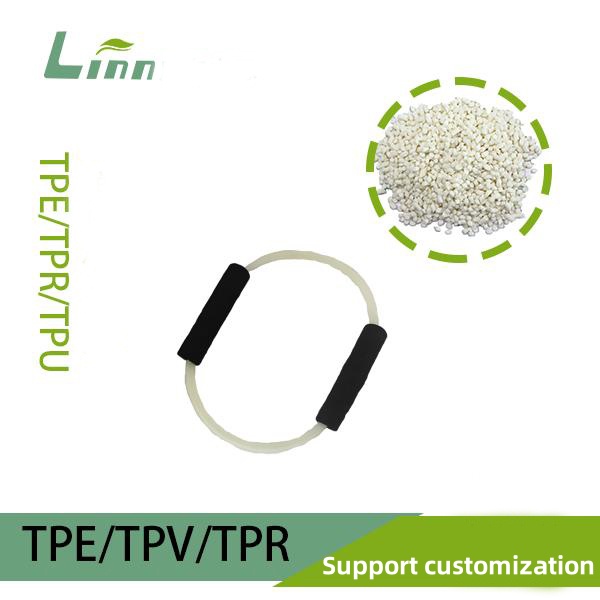Thermoplastic Elastomer (TPE) is a unique material that blends the stretchy feel of rubber with the easy molding of plastic. Its softness, durability, and eco-friendly nature make it a favorite for car parts, phone cases, medical tools, and everyday items. However, TPE can sometimes run into trouble with deformation—like stretching out of shape, softening under heat, or warping over time. These issues can mess up a product’s look and function, potentially leading to performance drops or even scrapping the item. So, why does TPE deform? And how can it be fixed? This article breaks down the causes—looking at the material itself, how it’s made, and the conditions it faces—while offering practical solutions to tackle deformation head-on.

Why TPE Deforms: The Main Causes
TPE is a mix of hard segments (like polystyrene or polypropylene) and soft segments (like SEBS, TPU, or TPO elastomers). Deformation usually ties back to the material’s recipe, the production process, or external factors. Here are the five big reasons TPE might lose its shape:
1. Poor Recipe Design
TPE’s strength and bounce-back ability depend on the balance of hard and soft segments, plus additives like plasticizers:
Too Few Hard Segments: Hard parts (like PS) give structure. If there’s not enough, the material gets weak and deforms permanently.
Too Much Plasticizer: Overloading with plasticizers (like white oil) weakens molecular bonds, making it soft and prone to distortion under stress or heat.
2. Overheating or Uneven Processing Temps
TPE is picky about heat during manufacturing:
Too Hot: Mixing or molding above recommended temps (like over 430°F) can break molecular chains, killing elasticity and leaving it deformed.
Uneven Heat: Hot spots in molds or extruders create inconsistent material, leading to stress buildup and warping after cooling.

3. Bad Cooling Process
Cooling locks TPE into its final shape:
Cooling Too Fast: Rapid chilling traps internal stress, causing deformation under pressure.
Not Enough Cooling: Pulling it from the mold too soon leaves it soft and prone to sagging or twisting later.
4. Extreme Use Conditions
TPE has limits when it comes to heat and wear:
High Heat: Long exposure to temps above 160°F can soften or melt it, ruining its shape.
Overstretching: Repeated pulling or squeezing past its elastic limit leads to permanent stretching.

5. Material Aging
Over time or in storage, TPE can break down:
Heat and Oxygen: High temps and air exposure snap molecular chains, making it brittle or mushy.
UV Damage: Sunlight can harden or crack the surface, throwing off the internal balance and causing distortion.
How to Figure Out What’s Causing TPE Deformation
Before fixing anything, it’s key to pinpoint why deformation happens. Here’s a straightforward checklist for troubleshooting in production or use:
| Step | What to Do | What It Might Show |
|---|---|---|
| 1. Visual Check | Look for stretching, sagging, or warping | Identifies the type of deformation |
| 2. Stretch Test | Pull a sample and see if it snaps back | Tests elasticity and permanent change |
| 3. Heat Test | Bake at 120°F for 24 hours, watch for changes | Checks if heat triggers softening |
| 4. Recipe Review | Check hard/soft segment and plasticizer ratios | Spots if the mix is off |
| 5. Process Audit | Log processing temps, cooling time, mold setup | Flags manufacturing issues |
These steps can narrow it down. For instance, if it doesn’t bounce back after stretching, the hard segment might be too low. If it sags after the heat test, processing heat or heat resistance could be the culprit.
Solutions to Stop TPE Deformation
Based on the causes, here are fixes split into three areas: tweaking the recipe, upgrading production, and smart handling tips.

1. Recipe Fixes
Boost Hard Segments: Bump up hard parts (like PS or PP) from say 20% to 30% for better support, while keeping it soft enough.
Cut Back Plasticizers: Match plasticizer levels (like white oil) to the base—aim for a 1:1 to 2.5:1 ratio with SEBS, tweaking as needed.
Add Strengtheners: Mix in 5-10% calcium carbonate or talc to beef up resistance to deformation.
Heat-Proof Additives: Toss in antioxidants (like 1010 or 168) or heat-resistant modifiers (like PPE) to handle higher temps.
2. Production Upgrades
Dial in Temps: Keep mixing and molding between 360-410°F (adjust per recipe) to avoid breaking the material down.
Mix Evenly: Blend for 10-15 minutes to spread everything out smoothly.
Cool Smart: Use staged cooling—like 120°F for 5 minutes, then room temp—to ease stress.
Better Molds: Add supports or tweak release angles to cut down on stress-induced warping.

3. Handling and Maintenance Tips
Watch the Heat: Keep it below 140°F during use to avoid softening.
Avoid Overloading: Design with wiggle room so it’s not pushed past its stretch limit.
Store Right: Keep it in a cool, dry spot away from sunlight and moisture.
Real-World Examples
Example 1: Car Interior Melting in Heat
A car parts maker found their TPE interior pieces softening and sagging in summer heat (around 160°F). Testing showed a 3:1 plasticizer ratio and processing at 450°F. They dropped it to 2:1, lowered temps to 390°F, and added 5% calcium carbonate. The parts held up fine after that.

Example 2: Stretchy Handle That Won’t Bounce Back
A fitness gear handle made of TPE stretched out after repeated use and stayed that way. The hard segment was only 15%, too weak to recover. Upping it to 25% and refining cooling fixed the bounce-back issue.
Preventing TPE Deformation Before It Happens
Fixing deformation is good, but stopping it early is better. Here are some proactive moves:
Pick Solid Materials: Go for high-molecular-weight SEBS and quality plasticizers for a strong start.
Test First: Run stretch and heat aging tests (120°F for 72 hours) on new mixes before going big.
Lock in the Process: Write up a clear production guide to keep every batch consistent.
Set Users Up Right: Suggest proper storage and use conditions to dodge harsh environments.

Clearing Up Common Myths
Myth 1: Deformation Means Bad Material
Truth: Quality’s part of it, but the recipe and process matter just as much.
Myth 2: Cranking Up Hardness Fixes Everything
Truth: Too hard, and you lose softness—balance is key.
Myth 3: Deformation Can’t Be Fixed, Just Swap Materials
Truth: Most issues can be sorted with recipe or process tweaks—no need to ditch TPE.
Wrapping Up
TPE deformation ties back to recipe imbalances, production slip-ups, or tough conditions. By testing to find the cause and dialing in fixes—like adjusting the mix, refining manufacturing, and handling it right—the issue can be tackled. It’s all about controlling quality from start to finish. Got a specific case? Toss it in the comments!

Frequently Asked Questions (FAQ)
Q1: Can Deformed TPE Be Fixed?
A: Minor deformation might be reshaped with heat (like baking at 120°F then cooling); big issues need recipe or process changes.
Q2: How Do I Tell If It’s the Process or the Recipe?
A: Compare batches—if the process stays the same but deformation persists, it’s likely the recipe; if not, check production.
Q3: Is There a Deformation-Proof TPE?
A: Not 100%, but high-hard-segment, heat-resistant types cut the risk way down.
Q4: Does Deformation Affect TPE Safety?
A: Usually not chemically, but it can weaken performance—depends on the use.
Q5: How Can Small Runs Avoid Deformation?
A: Stick to tight recipe ratios, nail the cooling time, and test small batches first.
